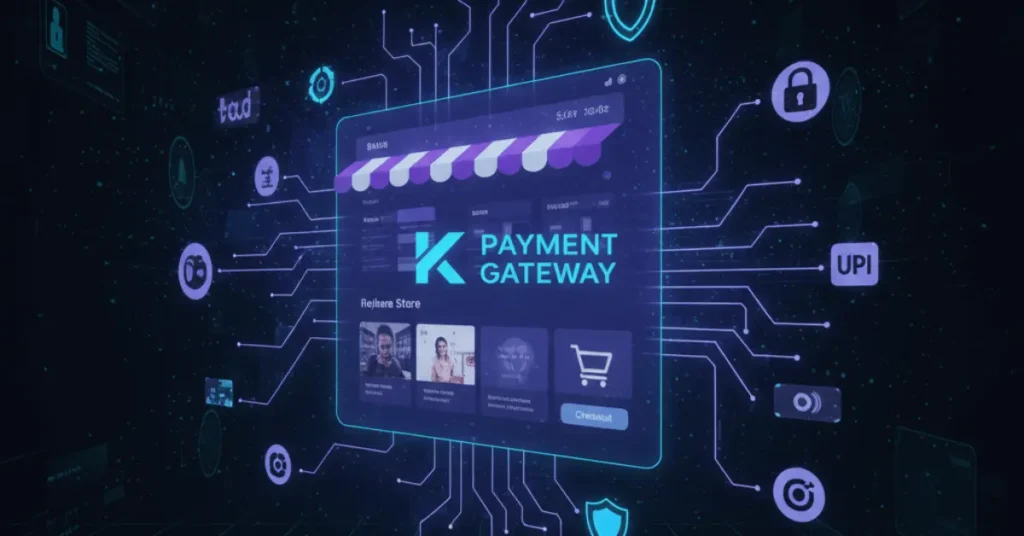OpenAI ChatGPT Investing: Backed by $6.6 billion in private funding, OpenAI-one of the creators of widely used AI chatbot ChatGPT now stands in sharper focus as a Silicon Valley power. But high operating costs and hopes for future breakthroughs make the future difficult to predict. In this series of Wish Articles for Business Weekly, we are discussing OpenAI ChatGPT investing. We examine the company’s financial situation and what might lie ahead for this AI powerhouse.
The Current State of OpenAI’s Finances
Major Investors Behind OpenAI’s Growth
The artificial intelligence market was really declared the province of OpenAI three years ago, when the company raised $1.9 billion from Microsoft. In three years its value has soared more than sixfold. Thrive Capital even called it a ‘historic moment’. Moreover, Apple has made several proposals to invest in this round of financing, and is expected to win approval to come in. But at the eleventh hour, something still went wrong.
The fundamental difficulty of OpenAI is its considerable operational costs, most importantly from the tremendous and extremely expensive computing power required by modern language models.To raise money for investments at OpenAI, but the company also has to think about increasing revenue and managing the enormous costs of AI development.
OpenAI’s Revenue and Cash Burn
2023 is predicted to see OpenAI earn around $370 million from every single group that they sell ChatGPT subscriptions to and those who licence the algorithms. However, OpenAI remains in big trouble: indirect costs alone come to some $5 billion annually. With a mind set on fixed costs, OpenAI typically operates in the black backwaters of fundraising that most corporate funds would find freakish. Recently, financial imbalance has also led certain analysts to question the future of OpenAI’s business model.
With every successful investment, ultimately investors will expect the company to scale rapidly. By next year, revenue for OpenAI is expected to hit $11.6 billion, which will be more than triple its present number. In 2029, the company forecasts $100 billion in revenue; however that projection seems suspicious to some knowledgeable industry insiders. Will OpenAI be able to maintain growth at such rates while keeping operational costs from soaring even higher?

OpenAI’s Future Products: What’s Next?
The Need for New Innovations
The company’s prospects for the future GPT Chat ( known as OpenAI’s are dependent on whether they can really open up another game-changer in a new industry. In the opinions of industry authorities, GPT Chat’s next generation, tentatively named GPT-5, is going to be critical. If the upgrade does not show the same expectation as that of GPT-4, upward progression is not assured. The fifth-generation GPT is expected to produce significant advances and ultimately outsmart any person. OpenAI needs these “theatrical twists” in order to defend the huge investments the company has received, and the high costs it continues to face both in operations and maintenance.
Challenges in Reducing Costs
By running and maintaining large language models, OpenAI faces one of the most significant financial challenges.Semiconductors are not just data centres but humanity’s generation AI models, highend.What this means is that OpenAI’s outlays rise imperceptibly as the company grows.Business is business: the more users come to use ChatGPT, you will have to pay at more points.
As the investment becomes larger and larger, OpenAI ChatGPT is looking for new ways to economize on electricity use and reduce staff costs. A promising strategy might be to use nuclear power for data centers. At least that would cut some of the vast sums involved in training and deployment of AI. But the economic paradox which underlies generative AI is unlikely to go away as a stumbling block.
OpenAI’s Transition to a Public Benefit Corporation
The Shift in Business Model
In 2015, with aims to be an accountable and beneficial dissemination of artificial intelligence OpenAI started out as an American nonprofit research laboratory. Now it has turned into an enterprise, on the verge of becoming what is called an “open company.”That organizational structure is designed to force profits to serve the cause of society and has aroused some concern among observers in industry..
The choice to divert from its original non-profit origins has caused various Old protagonists in OpenAI to leave, betting the company has lost its future direction. So that OpenAi ChatGPT investors are left guessing whether this change will at last put an end to OpenAi
Leadership Challenges and Investor Expectations
Now, as OpenAI moves into the next stage of its development, attention turns to CEO Sam Altman and his leadership team. Their ability to handle rapid growth, rising costs, and meeting investors’ expectations are fundamental in shaping the company’s future. Here investing in OpenAI ChatGPT for example not only brings with it financial interests but also raises ethical considerations because the company’s hope is to develop advanced AI technologies that will be of benefit to society at large.
Even though OpenAI ChatGPT ‘s destiny is both exciting and uncertain, it has demonstrated a capacity for high speed growth. However, there are still major obstacles to launching innovative AI products among them slashing costs and succeeding at research. Close attention from its backers is being paid to just how OpenAI happens with that situation. Whether the company’s ambitious forecasts can be realized in fact will depend largely on how well it is a success at this endeavour.
















